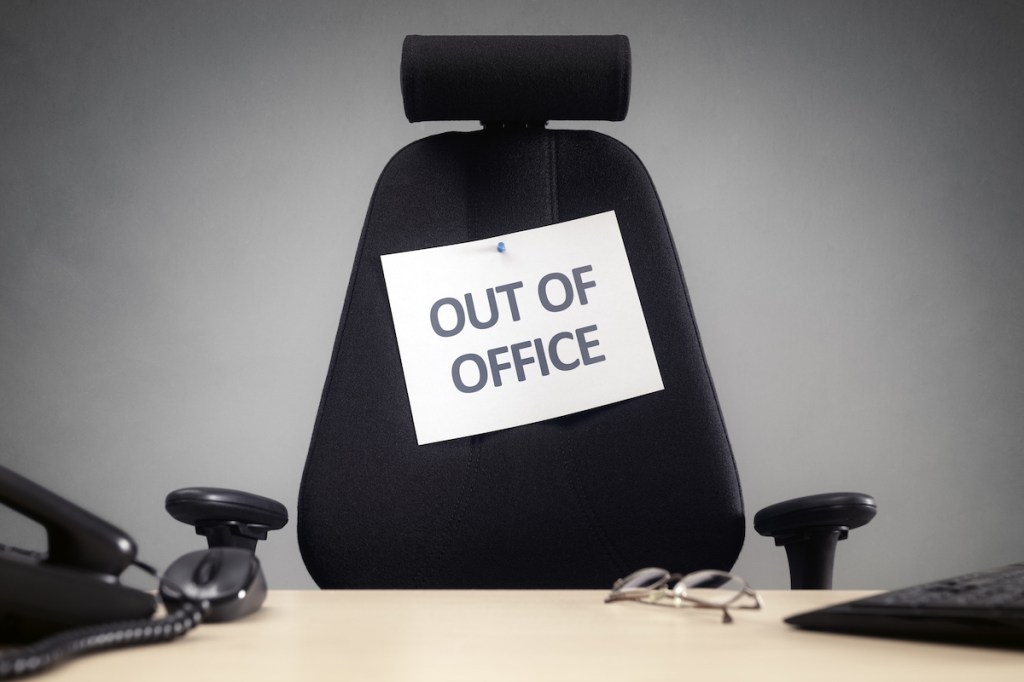A new report reveals workplace absenteeism is on the rise and costing Australian businesses billions in lost productivity.
The report by Frost & Sullivan found that workplace absenteeism has cost Australian businesses $14.1 billion in lost productivity so far this year, with this cost set to reach $24.2 billion by the end of 2022.
Since the start of the pandemic, people are taking more sick days on average, with 26 per cent of study participants admitting they’d taken more sick leave in 2022 than any time pre-COVID.
The first study of its kind, the research commissioned by Rentokil Initial, found that employers are experiencing a massive 70 per cent increase in absenteeism compared to this time last year, negatively affecting productivity and teamwork.
“The continued presence of COVID-19 in the Australian population, including the spike in new cases caused by the Omicron variant, combined with a surge in cases of influenza and other respiratory illnesses, has caused levels of worker absenteeism to increase significantly over the pre-COVID norm,” said Andrew Stone, Managing Director Pacific, Rentokil Initial.
“Our research highlights that at present, one in ten employees are absent from work on any given day, which is negatively impacting businesses, not just in lost productivity, but also in less measurable effects like reduced customer service and satisfaction, reduced staff collaboration and teamwork, and lost revenue,” he said.
Stone said the way to change this worrying trajectory is to break the “sickness cycle” by implementing comprehensive hygiene protocols in the workplace to reassure workers that they can safely work in the office.
“With many employees spending significant parts of their days at their workplace, mixing with co-workers, customers and other workplace visitors, hygiene plays a key role in minimising infections as well as increasing their confidence to be at work,” Stone said.
All businesses surveyed in the study claimed to have a formal workplace hygiene plan already in place, however, in many cases, this equated to hand sanitiser stations and providing and mandating mask-wearing.
“The problem here is that best practice hygiene means more than providing a few bottles of hand sanitiser. Businesses need to take a 360 degree approach to hygiene to make a real difference, which means looking at hand, surface, washroom and air hygiene,” Stone said.
“Only 30 per cent of employers told us their organisations use air purifiers and given that COVID is an airborne virus, and a lot of indoor spaces don’t have natural ventilation, it’s concerning that these solutions aren’t being prioritised.”
Although the obvious solution is to continue to work from home, 78 per cent of employers said having staff work from home had a negative impact on their business, with 97 per cent claiming it reduced teamwork.
“Employers have a responsibility to protect their employees, customers and visitors in the workplace environment and employees have an important role to play in putting more pressure on organisations to take action and implement the right approach,” Stone concluded.
To stay up to date on the latest industry headlines, sign up to the C&I e-newsletter.

